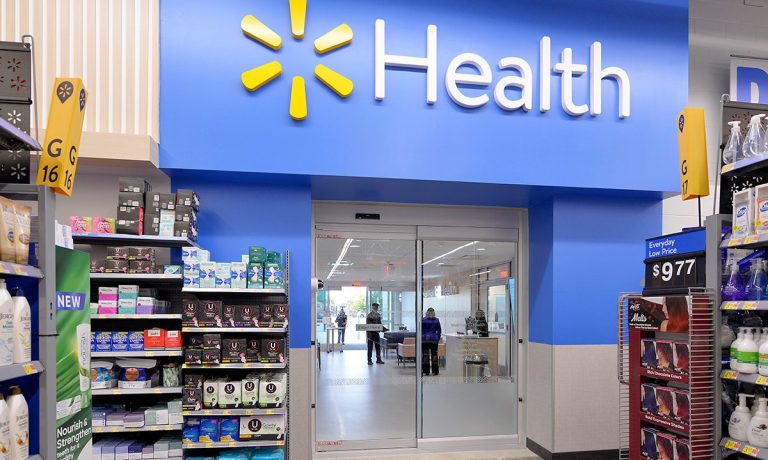Healthcare Becomes Fertile Ground for Big Retail’s Payments Ambitions

Health care is the space that couldn’t reinvent itself — becoming truly modern — until Big Retail came along to help usher the industry more fully into the 21st century.
For the Walmarts and the Amazons of the world, offering value care and virtual care creates a new avenue to connect payments to a broader ecosystem.
The news came Wednesday (Sept. 7) that Walmart is teaming up with UnitedHealth Group to, among other things, offer virtual healthcare services through a 10-year collaboration.
The field is getting ever more crowded, with Walgreens having paired up with VillageMD, and CVS is now buying Signify in an $8 billion deal.
Amazon, of course, is refreshing its health care strategy, with Amazon Care shuttered. In late July, the company announced the acquisition of tech-powered primary care provider One Medical for about $3.9 billion. Amazon is now considering entering the prescription drug sales market in Japan, as was recently reported.
As for the Walmart/United Healthcare deal, the initial out-of-the-gate effort will start small. According to Wednesday reports, the joint efforts will initially center on value-based care for seniors via Medicare Advantage, where fees are paid based on the actual outcomes of the treatment and providers’ efforts. The data component will leverage Optum’s (the provider owned by UNH) analytics.
In another example of the move towards virtual care and platforms, CVS Health’s evolution from a pharmacy-only focus to an overall healthcare effort continues with the debut of CVS Health Virtual Primary Care, a virtual care solution available through a digital platform. CVS Health has launched Virtual Primary Care which connects a broad range of services digitally.
We noted earlier in the year that linking better data and analytics to care can improve the outcomes, cut costs and even make the payments component of it a bit more palatable, improving affordability for patients and providers’ cash flows. Bringing healthcare more fully into the digital age in a streamlined way (especially payments) is urgent, given that roughly 60% of the U.S. population lives paycheck to paycheck.
PYMNTS’ research has found that 48% of patients want healthcare payment plans to be offered by providers, and additional research, done jointly with CareCredit, found that 33% of patients surveyed said they did not get needed healthcare, mostly citing the inability to pay.
Against that backdrop, the greenfield opportunity is to introduce embedded payments more firmly into the mix. Amazon Pay represents a prime example, where a broadening ecosystem, one-click checkout and an ability for consumers to “travel” across use cases and transactions with their credentials can help truly modernize health care. Walmart and other players, in a similar fashion, are constructing continuums of care that span online and offline conduits — a digital prescription designed to address healthcare’s pain points.
Read Also: Amazon Pay Gives eCommerce Giant’s Healthcare Ambition a Shot in the Arm